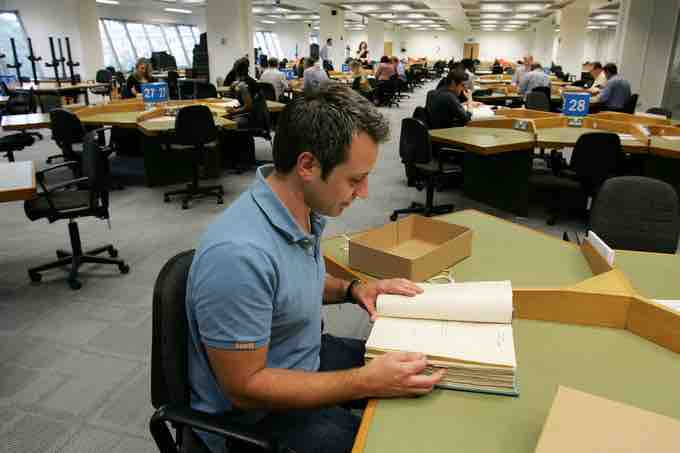After the prospect has been qualified, the salesperson continues to gather information about the prospect. The preapproach can be defined as obtaining as much relevant information as possible regarding the prospect prior to making a sales presentation. The knowledge gained during the preapproach allows the tailoring of the sales presentation to the particular prospect.
Researching the Client
To create a customized presentation and sales pitch, a salesperson must spend time defining their goals researching the client. Several factors including the following must be considered prior to approaching a customer:
- The objective or objectives of the presentation.
- What are the buyer's needs? What is the buying situation? What is the buyer's problem that can be solved with the salesperson's offering?
- The type of presentation to be planned and delivered.
- What information will the prospect require before they will choose to buy my offering? The salesperson should know the requirements that a potential customer has set for his future, the priorities that he has decided, and in all probability, his financial resources. Failing to analyze a prospect is the main reason for a great deal of wasted prospecting spent on a customer who should have been promptly discarded after due research.
Gather Information from Printed Materials
A salesperson should read all he can about his market, using information that is readily and freely available in libraries, reference books, trade directories, newspapers, and magazines. Local newspapers are full of names, addresses, and occupations of many people in the community, who could use his services.

Researching the Client
Using printed materials can aid in creating a customized sales presentation to a client.
Gather Information from Contacts
A salesperson can use personal and previous business contacts to gather information on new clients and their preferences. Personal contacts can also be a great source for mining information. Aside from friends and family, there are also professionals a salesperson has dealt with in his own life such as neighbors, real estate agents, decorators, and fellow PTA members. By leveraging the established relationships a salesperson has with these contacts, he will find it easier than cold calling to get the inside track on a new customer.
Does Your Product Meet the Buyer's Needs?
A salesman's product must be relevant to his prospect. If no one's requirements seem to match with what he is selling, then he is either moving in the wrong circles or selling the wrong product. The unfortunate truth is that many sales are attempted to prospects who could be eliminated as possibilities by a little research.
Does Your Prospect Have the Finances to Buy?
The salesman must establish on the outset whether the prospect can afford to buy. The information required can generally be established very early in a sales interview through a simple trial close such as, "If I can convince you that..., would you be prepared to consider…..? '" You are not asking for a decision, and the prospect, in answering, is merely saying, "You have not convinced me yet, but if you can, I would be prepared to..." Failing to establish this initial willingness or ability to invest will result in endless, unprofitable discussions.
Is Your Prospect the Decision Maker?
It is vital to know who the decision-maker is, so as to save a great deal of time in having to redo yet another sales presentation. It is sometimes necessary to disbelieve someone who says that he is the decision maker. It is possible that someone who does not have the authority may well be reluctant to say so, possibly to pre-screen the salesperson first, before allowing him to meet the actual decision-maker.
Benefits of Careful Planning & Research
Careful planning offers advantages for both the salesperson and the buyer. Through careful planning salespeople can:
- Focus on important customer needs and communicate the relevant benefits to the buyer.
- Address potential problem areas prior to the sales presentation.
- Enjoy self-confidence, which generally increases with the amount of planning done by the salesperson.
In planning the presentation, the salesperson must select the relevant parts of his knowledge base and integrate the selected parts into a unified sales message. For any given sales situation, some of the facts concerning the salesperson's company, product, and market will be irrelevant, and the challenge is in the task of distilling relevant facts from the total knowledge base.